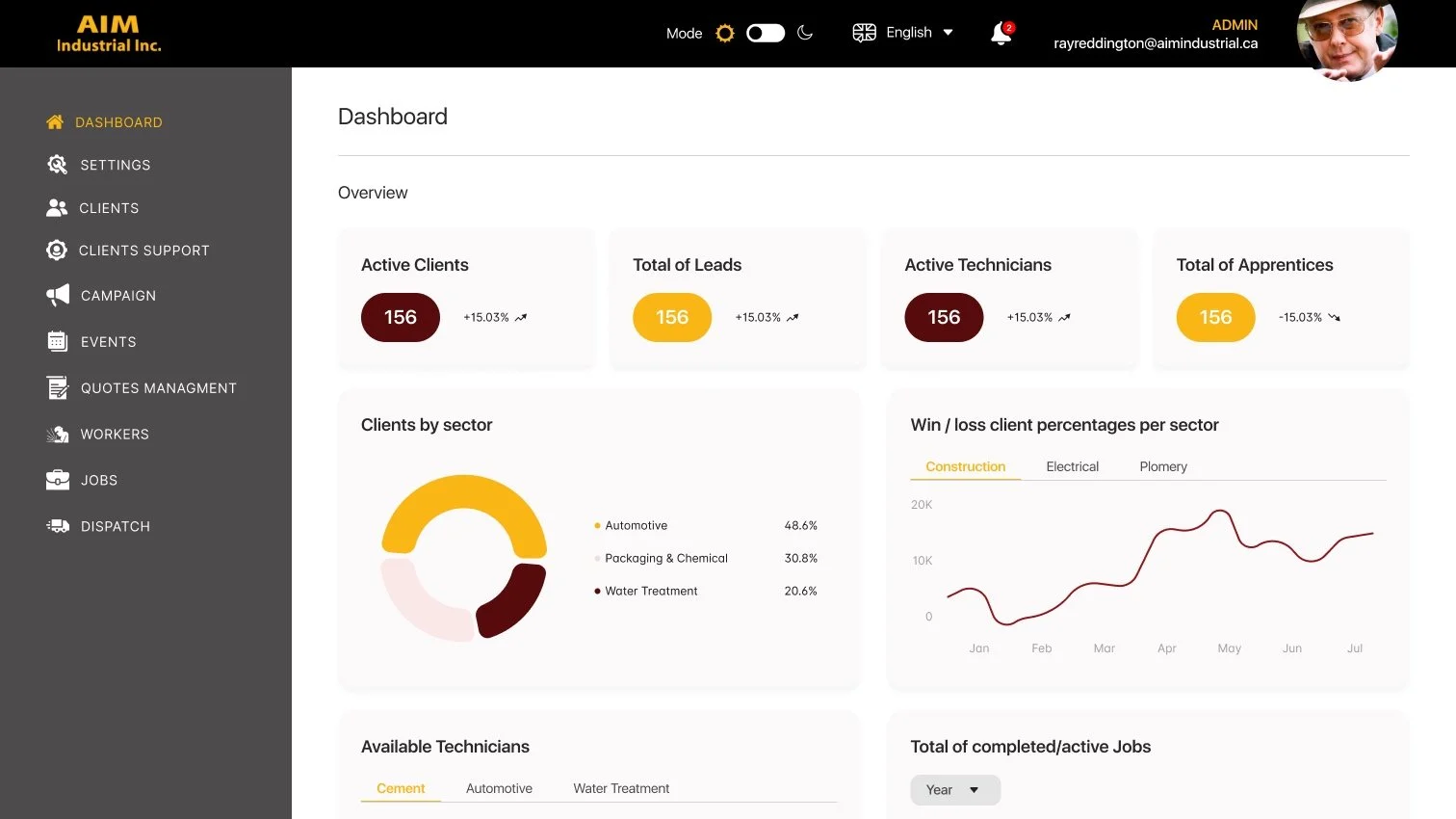Make an introduction and get paid for a year.
Imagine receiving income for twelve months from a single introduction you make. That is exactly what happens with ISU Corp’s referral partner program. Some of our partners have earned five-figure commissions just by connecting us with the right company.
The ISU Corp Referral Program allows you to earn commission on custom software and AI referrals with very little effort. It is completely free to join, with no obligations, and it can create passive income from the business connections you already have.
ISU Corp is a leader in custom software development and AI integration with more than 19 years of experience. We are trusted by companies in finance, healthcare, logistics, and other industries. Our team helps businesses innovate, automate, and scale. When you refer a client to ISU, you are connecting them with a reliable and proven partner.
Whether you are a tech consultant, a developer, a business advisor, or simply a professional with strong connections, this program is designed for you. You can monetize your network by referring companies that need custom software or AI solutions, and we will handle the rest.
Join Now: Become an ISU Corp Referral Partner and Start Earning Commissions
Quick Program Snapshot
Who it is for: Tech consultants, developers, advisors, and well-connected professionals
What you earn: 5% commission on net revenue from direct referrals (up to 12 months) and 2% from sub-referrals
Effort required: Make the introduction and ISU Corp handles sales and delivery
Cost to join: Free with no commitments or minimums
How to start: Join the ISU Corp Referral Program today
How the Referral Program Works
The ISU Corp Referral Program is simple and transparent.
Join the Program: Complete a short form to become a partner. It is free to join and there are no obligations.
Identify Opportunities: Look for businesses that need software, AI integration, or digital transformation. We provide resources to help you.
Make the Introduction: Connect the company with ISU by email or the official form. From there, our team takes over.
Earn Commission: If the referral becomes a client, you receive 5% of the net revenue collected for up to 12 months. Sub-referrals earn you 2%.
Example: A $25,000 monthly engagement pays $15,000 over 12 months. Earnings are unlimited with more referrals.
Who Can Join
This program is a fit for anyone who knows businesses in need of software or AI solutions.
Technology consultants and IT advisors who recommend solutions
Developers and small dev shops with projects that are too large or outside their scope
Business advisors and consultants who want to add value for their clients
Entrepreneurs and professionals with strong networks who know decision-makers
Benefits of the Program
Recurring commission: Earn 5% of contract value for 12 months (2% on sub-referrals)
High earning potential: Some partners make five-figure income from a single introduction
No cost or risk: Free to join with no quotas or commitments
Passive income: You introduce the lead and we do the rest
Support and transparency: We provide materials, track referrals, and keep you updated
Why Refer to ISU Corp
Experience: More than 19 years of successful projects
Trusted by major brands: From startups to Fortune 500s
Innovation: Expertise in AI, automation, and modern software
Partner support: Clear communication and fair payouts
Risks and Safeguards
We built this program to be transparent and fair.
Only new clients count. Active prospects or existing clients are not eligible for referral credit on their own projects.
Current clients can still refer others. They may receive referral credit if the new business they introduce is accepted as a registered referral.
You are paid on actual collected revenue, not estimates or uncollected invoices.
Every referral is vetted and confirmed in writing.
All information is handled confidentially.
Ready to Get Started?
One introduction could create thousands of dollars in commission over the next year. There is no cost to join and no risk if you never refer anyone.
Join the ISU Corp Referral Program Now, Start Referring Today










